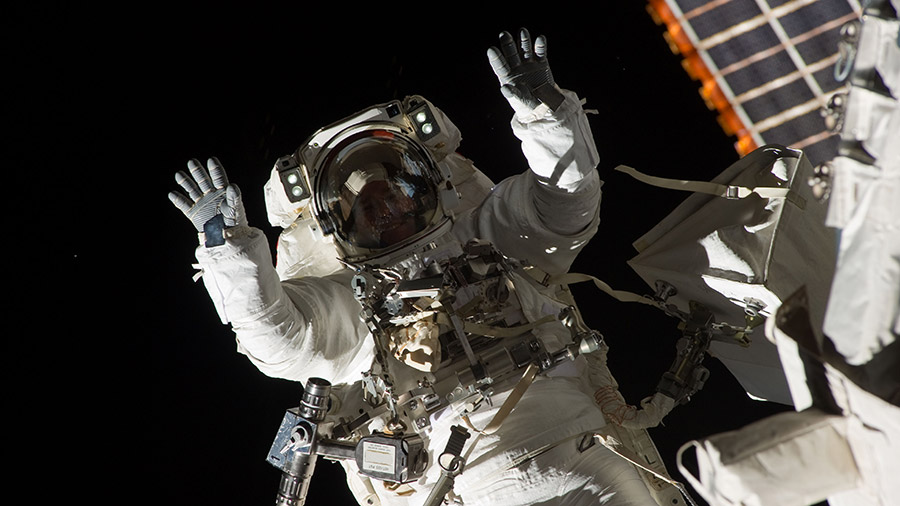
NASA astronaut Steve Bowen and UAE (United Arab Emirates) astronaut Sultan Alneyadi concluded their spacewalk at 4:12 p.m. EDT after 7 hours and 1 minute.
Bowen and Alneyadi laid cables and installed insulation on mounting brackets on the starboard truss of the station for the installation of the next pair of International Space Station Roll Out Solar Arrays (iROSAs). The astronauts were unable to free up an electronics box located on the truss associated with a degraded S-band communications antenna. The antenna removal was deferred to a future spacewalk ahead of its planned return to Earth.
The installation is part of a series of spacewalks to augment the International Space Station’s power channels with new International Space Station Roll-Out Solar Arrays (iROSAs). Four iROSAs have been installed so far, and two more will be mounted to the platforms installed during this spacewalk in the future.
It was the 261st spacewalk in support of space station assembly, upgrades, and maintenance, the eighth spacewalk for Bowen, and the first for any UAE astronaut.
Bowen and Alneyadi are in the midst of a planned six-month science mission living and working aboard the microgravity laboratory to advance scientific knowledge and demonstrate new technologies for future human and robotic exploration missions, including lunar missions through NASA’s Artemis program.
Learn more about station activities by following the space station blog, @space_station and @ISS_Research on Twitter, as well as the ISS Facebook and ISS Instagram accounts.
Get weekly video highlights at: https://roundupreads.jsc.nasa.gov/videoupdate/
Get the latest from NASA delivered every week. Subscribe here: www.nasa.gov/subscribe







